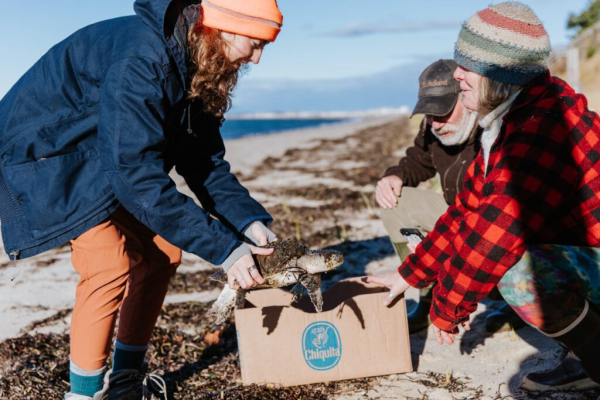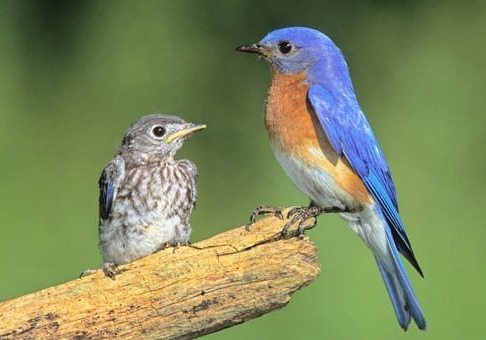Five Decades for the Birds
At the age of 10 years, my father guided me through a complex set of plans, obtained from a Popular Science magazine, to build an outdoor bird feeder. The monstrosity comprised of galvanized sheet metal with a copper roof top and exterior plywood. It measured three feet in diameter and was set atop a long iron pipe some five feet above ground with a sheet-metal skirt to keep squirrels from stealing seed.
From those early days to today, I’ve never stopped feeding and observing birds. There is always something new to learn and this winter proves it. For weeks, a great blue heron has been fishing in a creek near home and it seemed strange that it had not migrated long before now. Apparently, the long-legged wader is finding plenty of aquatic food afoot, and at least for the time being, has no need to fly South like many of its brethren.
These tall, long-legged birds are the most common and largest of North American herons. Identifying them in flight is easy with their tailing legs outstretched on one end and their long S-shaped necks out front. In the shallows, they can be seen wading near waters’ edges either walking slowly or even motionless.
With a quick-strike motion, they thrust their sharp, long bills into prey, and swallow it whole. Sometimes their eyes are bigger than their neck’s capacity and they choke to death, yet they are able to force down some rather large creatures, nonetheless.
Another winter oddity has been the presence of Eastern blue birds, known for their insatiable appetite for insects, which comprise about 70 percent of their diet. Obviously, that’s not the case this time of year, so I wanted to determine just what these once-threatened, colorful visitors were consuming. Turns out they’ve been feeding in my food plots, but not on turnips or anything else I’ve planted for wildlife. It’s the seed stalks of pigweed– a pesky plant that flourishes in the fall of the year.
Although the blue birds appear to have moved to greener pastures for now, hundreds of finches, cardinals, juncos, and a variety of sparrows have been seen stripping the seeds from the “undesirable”source atop the snow cover.
And, so the never-ending education provided by Mother Nature evolves.







